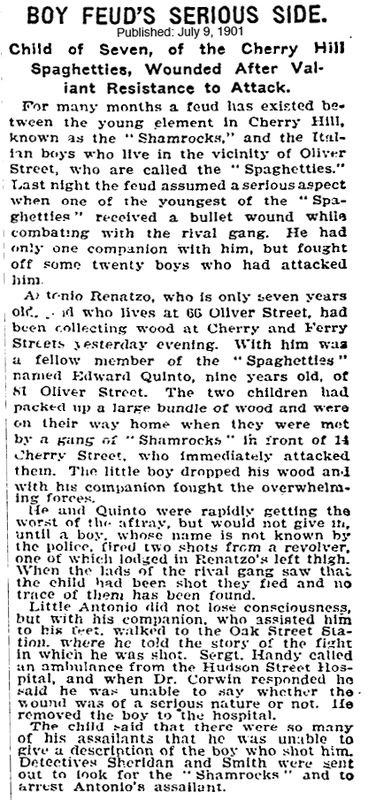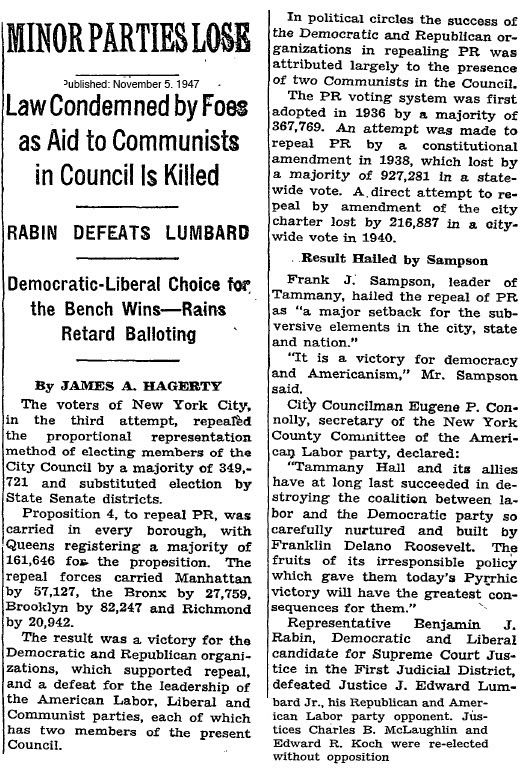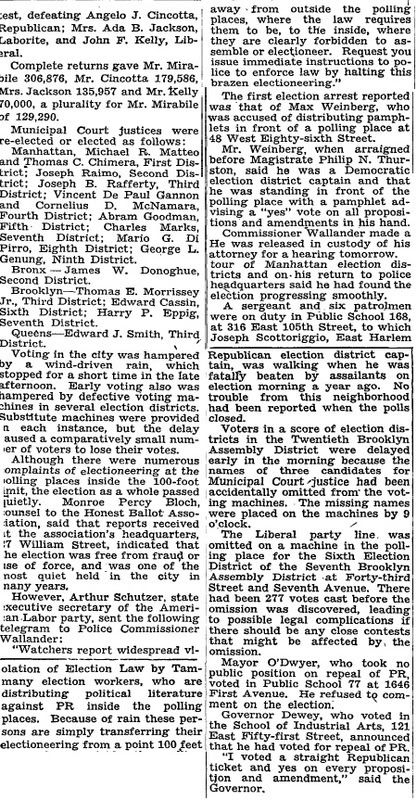
Above the site of Bruno's Parking Lot, 31-35 Monroe Street. The beautiful Nancy Gentile lived at 37.
from Joe
I KNEW DAVE WEISBAUM WELL FROM DAVE'S GROCERY. HE TOOK A PARTNER FROM ITALY NAMED ENZIO IN THE EARLY 70'S. I WAS IN DAVE'S EVERY DAY, SOMETIMES 2 AND 3 TIMES A DAY. IN FACT, I DID ALL MY SHOPPING THERE. DAVE SOLD EVERYTHING BUT THE KITCHEN SINK, AND HE WOULD GET YOU THE KITCHEN SINK IF YOU ASKED. AND HE DELIVERED. I LEARNED MORE ABOUT BUSINESS FROM DAVE IN A DAY THEN I COULD LEARN FROM SOMEONE ELSE IN A YEAR. I WAS ONLY 21 WHEN I TOOK OVER THE LOT. I WAS SO GREEN, DAVE TOOK ME UNDER HIS WING.
from Son Of Seth
Which store was Dave's? The one on the north side of Monroe - same side as Pete's but closer to Market than Catherine? Who remembers the name of the little deli (not Jewish) a few doors away (closer to Cherry) than the pizza shop on Catherine? I used to get a bologna sandwich there - he'd put on about two-thirds of pound of meat and everytime I started eating it I'd think I wasn't going to be able to finish it. And I was wrong every time. It was like having a whole pack of franks mashed up and then sliced thin and stuffed into a hero bread. That's really what it was like. And he must have used about a half a jar of mustard. But must we talk about the mustard? It actually was worth talking about. Golden and vinegary with silvery notes of oregano and an oaky finish. Loved that mustard. I often would dip a handkerchief in his mustard and then to refresh myself on a humid summer day I'd glop a couple of tablespoons of that mustard all over my face - kind of like a mustard plaster - and after the burning stopped there was a wonderful cooling effect. It's hard to describe if you haven't experienced it so, if possible, give it a shot and we'll talk later.
from Bob
Yes, Dave's was down across from the A-F court next to the parking lot. Marty, I have visions of you slathering mustard on your baseball glove and eating it before and after games. When we won, Harry would buy us ice cream, but you always declined, preferring your mustard-covered glove. Was it the over indulging on mustard that widened the gap?




























